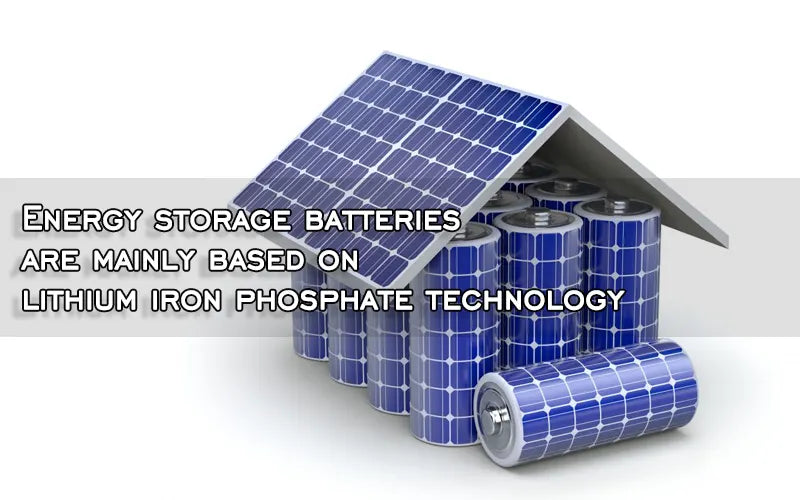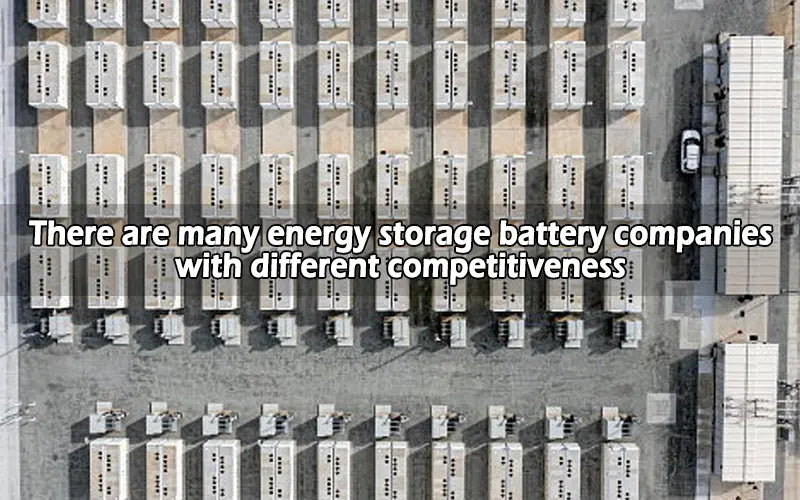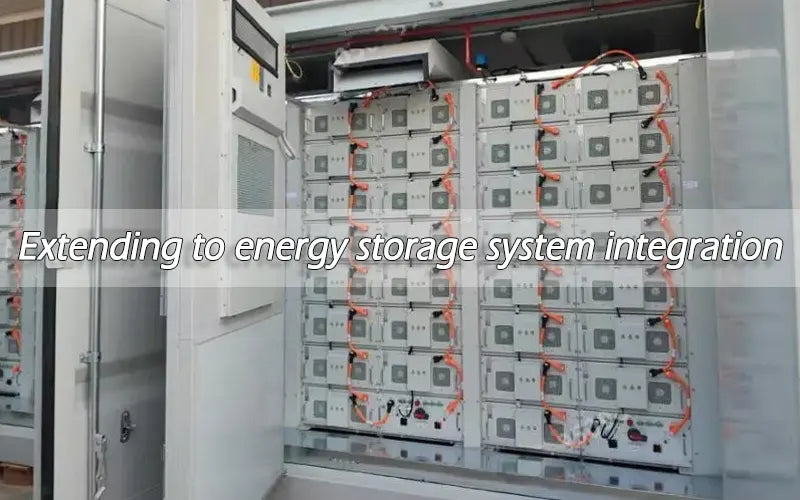
Main content:
New energy storage planning and other supporting policies have been introduced intensively, and the energy storage industry has gradually grown and grown, getting rid of its dependence on other energy sources, and began to truly have an independent market position, growing into an important track for renewable energy. With many favorable factors, China's energy storage industry has developed rapidly. Especially for energy storage lithium batteries, the shipments have increased significantly, and the future of energy storage lithium batteries is quite interesting.
1. The market size of energy storage batteries will grow significantly
According to the application scenarios, lithium-ion batteries can usually be divided into consumer batteries (3C batteries, notebook computers, digital cameras, etc.), power batteries (new energy vehicles, light electric vehicles, power tools, etc.), energy storage batteries (power stations, communication base stations, etc.). The data shows that China's lithium battery shipments will reach 655GWh in 2022, a year-on-year increase of 100%. Among them, the power battery market shipped 480GWh, accounting for 73.28%, a year-on-year increase of more than 1 times.
The shipment of energy storage batteries was 130GWh, accounting for 19.85%, a year-on-year increase of 1.7 times. At present, the main energy storage batteries include lithium-ion batteries, lead-acid batteries, sodium-sulfur batteries, and flow batteries. At this stage, lithium-ion batteries are the most mature and widely used energy storage batteries. In 2022, the market share of lithium battery energy storage will further increase. From the perspective of lithium battery production capacity supply, the digital battery market demand is becoming mature, and the annual new production capacity is small.

At present, the new production capacity in the lithium battery field is mainly concentrated in the power and energy storage fields. Thanks to the huge demand for new energy vehicles and energy storage, power batteries and energy storage batteries are the main driving force for the growth of the lithium battery market. With the continuous expansion of downstream energy storage demand, the market size of energy storage batteries will increase significantly.
2. Energy storage batteries are mainly based on lithium iron phosphate technology
The energy storage battery industry chain is divided into upstream battery components, midstream energy storage battery systems, and downstream energy storage system integration, which are applied to the power supply side, grid side, and user side. Lithium batteries are mainly divided into two technical paths: ternary and lithium iron phosphate. Although ternary batteries are superior in performance, ternary energy storage power stations often catch fire, so the world has turned to lifepo4 batteries with higher safety.
The charge and discharge frequency of energy storage batteries is higher than that of power batteries. The 1C cycle life of lithium iron phosphate batteries generally reaches 2000 times, and even reaches more than 3500 times. From the perspective of performance and cycle life, lithium iron phosphate batteries are higher than other types of lithium batteries. In addition, in terms of charging speed, high temperature, capacity and other indicators, lithium iron phosphate batteries performed better.

Similar to power batteries, energy storage batteries, as the core link of energy storage, account for more than 60% of the cost. Battery components mainly include four major materials: cathode, anode, separator, electrolyte, and other materials such as copper foil. Among them, the cathode accounts for 45% of the cost, and the anode, separator, and electrolyte all account for about 15%.
3. There are many energy storage battery companies with different competitiveness
First of all, companies that enter the energy storage track with power batteries have strong competitiveness. With the rise of new energy vehicles, power battery companies in the world have first-mover advantages in capital, supply chain, channels, and technology. In particular, CATL and BYD have basically completed the integration of the industrial chain. The upstream lithium resources and the cost of midstream components have relatively large advantages. Years of deep cultivation in the field of power batteries have resulted in mature technology, strong R&D capabilities, and high product reputation.
In 2022, REPT's shipments in the field of power batteries and energy storage batteries will increase significantly. However, as a new entrant in the industry, facing the pressure of soaring raw material prices, the company has no bargaining power in some businesses even with the backing of Tsingshan Group. Ganfeng Lithium enters into the battery, and Ganfeng Lithium is expected to form a lithium product supply capacity with a total annual output of 300,000 tons of LCE in 2025.

In the future, to form a lithium product supply capacity of no less than 600,000 tons of LCE, vertical integration will have more advantages. Envision AESC is backed by Envision Energy. As the leader of wind turbines, Envision Energy can do more in terms of distribution and storage. The energy storage battery industry chain not only needs to extend upwards, but also is crucial to the integration of midstream resources.
4. Extending to energy storage system integration
The energy storage system mainly includes battery packs, battery management systems (BMS), energy management systems (EMS), and power storage converters (PCS). In the energy storage system, the core is the energy storage battery system composed of the battery pack and the BMS, accounting for 65% of the cost. PCS account for about 20%, and EMS account for about 10%.
The BMS plays the role of controlling the information and status of the battery pack. It can monitor the status of the battery, prevent the battery from overcharging and overdischarging, and prolong the service life of the battery. The PCS controls the charging and discharging process of the energy storage battery, so that DC and AC can be converted, combined with the BMS system to realize the integrated charging and discharging EMS through data collection and analysis, network monitoring, and energy scheduling.

In order to achieve the matching of energy storage resources and demand, it is a key step in the decision-making and execution of the energy storage system. The energy storage system participates in power grid dispatching, virtual power plant dispatching, and "source-grid-load-storage" interaction through EMS. PCS, EMS, and BMS interact with each other to provide status information to each other while controlling the system. At this stage, battery OEMs generally have the ability to supply BMS, and PCS is dominated by companies that are leading photovoltaic inverters and focus on energy storage converters.
Energy storage system integration is the key to building an energy storage power station. At this stage, the competitive landscape of energy storage systems is undecided, and battery factories, inverter manufacturers, and power station manufacturers are all entering the energy storage system competition. Such companies generally have certain industrial chain integration capabilities, have certain advantages in channels and brands, have many competitors, and have low market concentration.
5. Conclusion
What is certain is that energy storage will enter a period of rapid growth along with a substantial increase in demand for energy storage. At this stage, the multi-link concentration of energy storage is not high, and the industry structure has not yet been determined. It is a good time for companies to grow bigger and stronger. The energy storage battery enterprises with the highest industrial value chain have the most intense competition. But at the same time, how to gain greater advantages in the increasingly fierce competition also means challenges for lithium battery companies in the world.
Related articles: energy storage lithium battery companies, home energy storage battery companies















